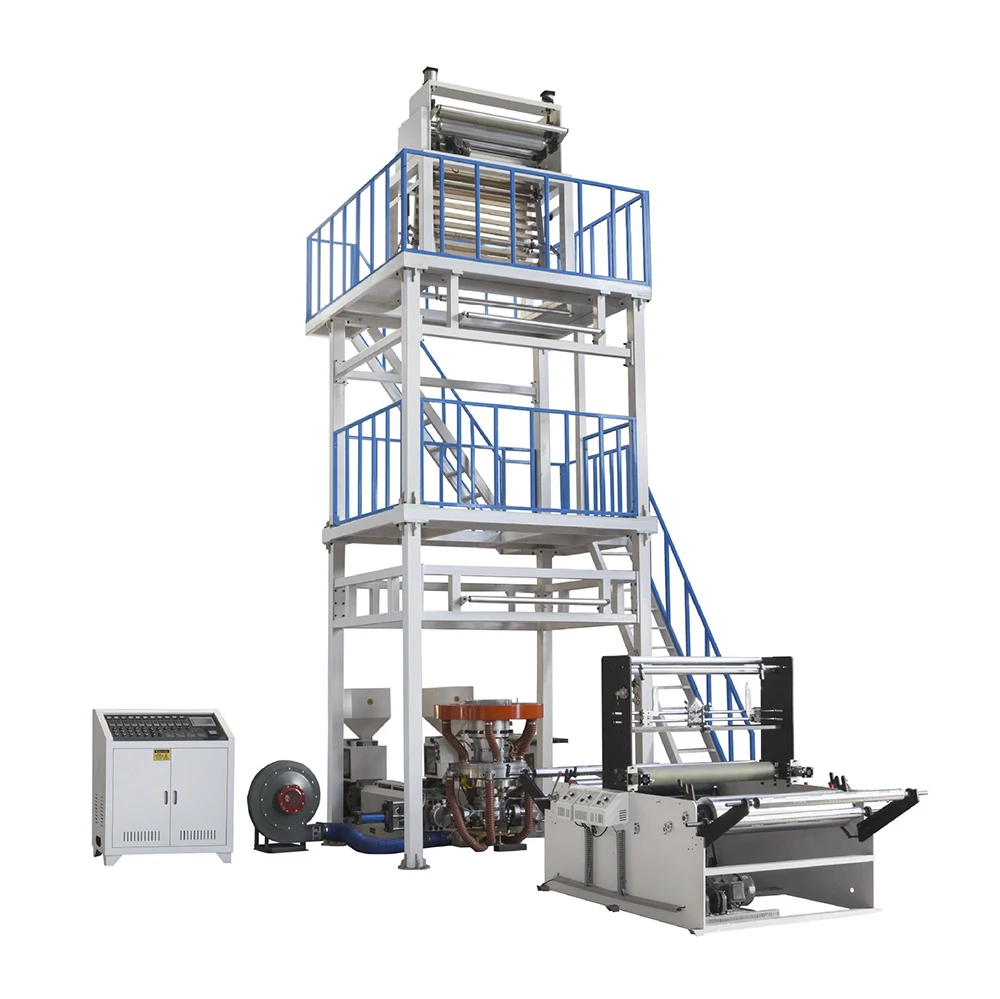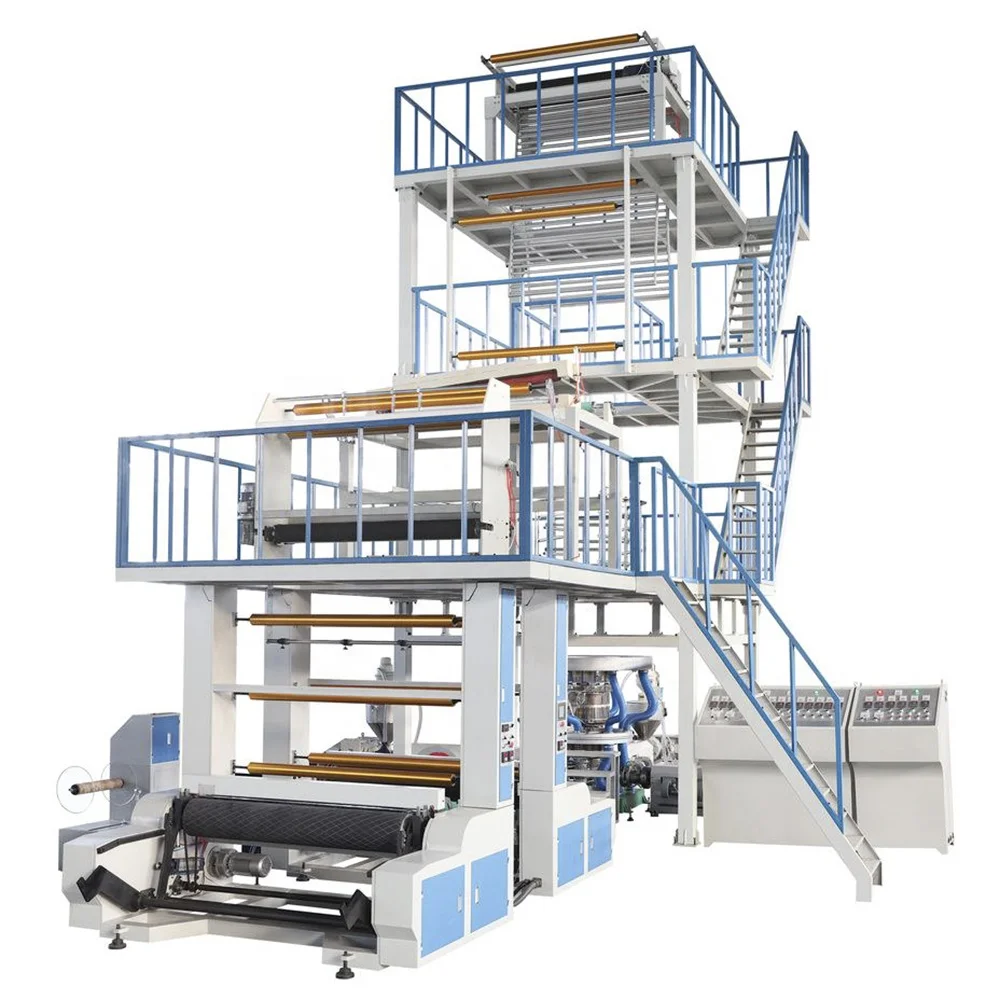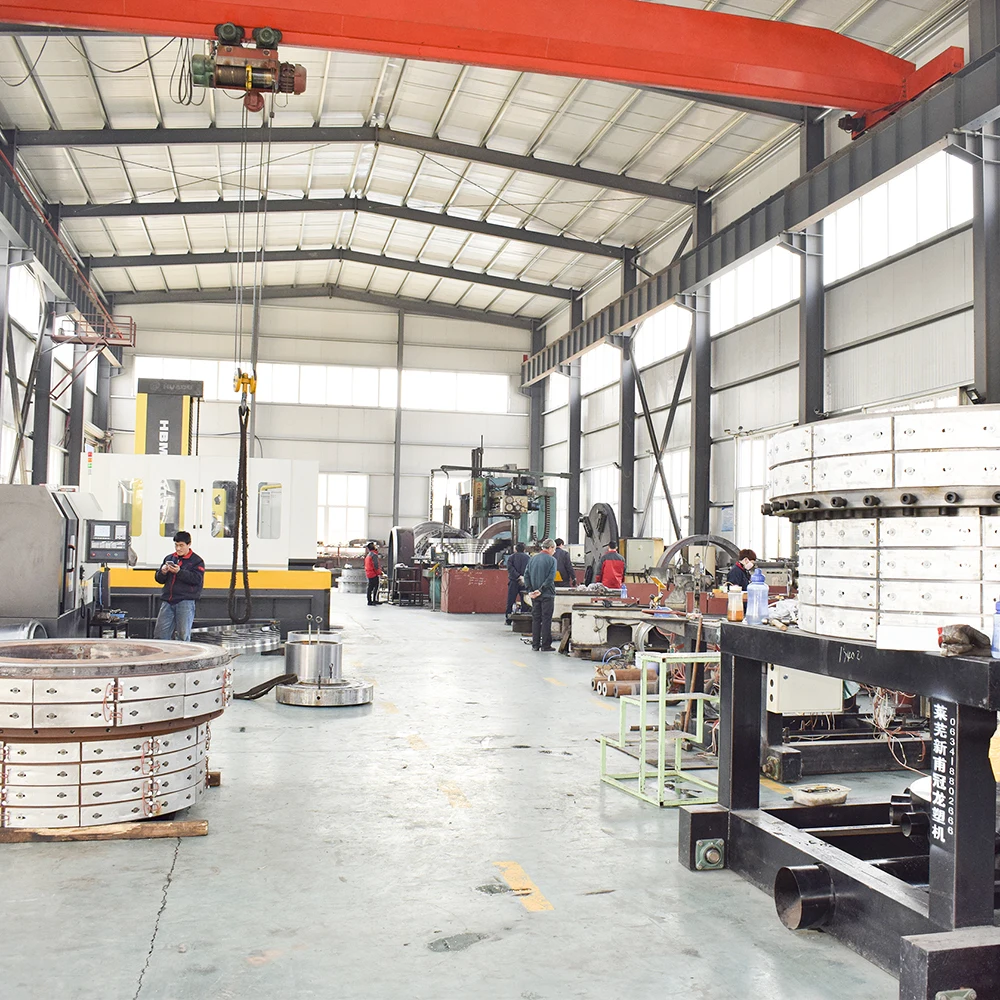Greenhouse film plastic: Usually referred to as special kind plastics for farmers to plant plants whole year. A Giant clear bubble overtop of the fields, keeping plants happy and safe from bugs or bad weather. For example, this plastic has many things that good for farmers to farm. And we are going to see what it is, how does it good to farmers, and the right way of using them. Advantages of Greenhouse film plastic for farming It is sustainable to use greenhouse film plastic. Farmers will use less water, fertilizer, and insecticide which is a technology to farmers. Plus, it allows farmers to keep soil from washing away. Farmers will also extend the sea of crops offer to the community who won’t have to travel so far away for healthy and fresh food. High quality Plastic for crops Types of greenhouse film plastic. Of course, it also depends on what you grow, the weather where you live, and how much money is in your budget. Also, some plastics block UV but keep heat, while others are blocking. Many are strong but more expensive. Essentially farmers have to seek some experts for them to give advice. How Plastic Keeps plants warm allows the sunlight in, traps heat, and with greenhouse film plastic it is transparent to light but bead for hit. It weeks when sunlight and plants are detected inside the chamber. It is unfree to exchange with heat, so it stays travel and slippery. This also makes the plants grow faster and healthy.
How to Save Money on Food With Plastic? First, Greenhouse film plastic is yet another way to be able to grow all year round even where winter is bad. It provides very little or no money upfront but more for 11 month as of the order. It also reduces the risk of crop failure and increases food per unit area. Second, Plastic Production and the Environment: Recycle and Recycle Only The Element Of Substantial Greenhouse Film Plastic is that there are some products recycling plastic which is good for the environment. However, thrown firstly If Not correctly then Plastic is injurious our environment. It takes long time and it can hurt marine animals. So it is very important to use and recycle plastic well. In short, greenhouse film plastic is a helpful item for farming which at same time also can present the benefit of farmers, people or the earth. Pick the suitable one, learn how to use and reduce the world abundance for the one who use and the Planet meanwhile. jQuery Prototype method enhance farming, our world future, etc foreach() method of Java Script methods. H The above term is a material that serves as one of the most important tools. For farmers grow the crops in every season A sort of protective sheath which is spread over the field to keep insects and. Severe weather affect the plants. Greenhouse film plastic is a suitable strategy because the following are, 1. So what is this stuff or how does it work 2. Or what should a farmer do to make the blue 3. carbon as strategy.
Benefits of Greenhouse Film Plastic for Ecologically Friendly Agriculture . Sustainable agriculture is an approach to crop production that seeks to utilize the environment’s benefits for a long time without depleting it, and that farmers can as much as possible enough mean maintaining the soil fertility conditions while not causing any harm to the future generation of people. The greenhouse film plastic help does all these by decreasing their reliance on water, fertilizers, and pesticides, shortly, avoiding soil erosion by extending the growing season for farmers, increasing crop yields and profitability, and freshest produce that are often more nutritious in the local area. How to Choose the best Greenhouse Film Plastic for Your Crops to Grow? One style of greenhouse film plastics doesn’t allow lethal UV rays to penetrate while letting our sunshine in. Another airtight film that retained the warmth in this region, few styles are more robust, but pricy, and on the contrary to what you may think, few are less costly from the shop, but you’ll have to regularly substitute them with something solid in your hands. So farmers can simply turn to professionals to help them identify the film’s qualities. The Science behind Greenhouse Film Plastic &How Heat is Trapped to Boost Plant Growth! Greenhouse film plastics are created with a particular aim in mind: sunlight will be permitted through while simultaneously creating a warm air shield. Light passes through, and warmth is blocked – that’s what happens when heat energy from the sun travels – this phenomenon is found in infrared radiation, but not ultraviolet rays. If sunlight passes through, it will warm air which, in turn, will warm your plants. Underneath the hot air, some heat is retained, resulting in a humid climate which has plants expanding at a speed never seen before.
When putting everything in consideration, the use of greenhouse film plastic in year-round is well recommended for agricultural production in the case of cost efficiency. The aspect of food production would be easily solved in rural areas with unpredictable weather conditions and those with a short growing season. While the initial capital is high, the use of greenhouse film plastic in production is far less costly than the acquisition price hence the little payment done on regular films. Farmers’ yields per acre will increase, meaning that the capital will bring higher returns on their investments and a solution to hunger in their locality with steady income. Its Production and Environmental Impact/ process of manufacturing greenhouse film plastic. Indeed, producing greenhouse film plastic is a more complex process with its multiple stages and subsequent delivery to farms. This vindicates those manufacturers who uphold recycling as this is increasingly good for the environment. More protective products will be built out of its recycled forms in doing more recycling; hence it is the most heat friendly option. However, we cannot ignore the repercussions that plastics have on the environment. Poorly managed waste is harmful as marine life is constantly at risk, with numerous marine lives killed due to starvation on the plastics disposed of in the sea. Therefore, it is essential to recycle and upstream plastics responsibly. In conclusion, all the above supported greenhouse film plastic as an innovation in agricultural production with a great advantage to farmers, consumers and the planet. Understanding how the films operate, its types and what it does to our ecosystem including which one is used in what will give the farmers the technology to produce more food while less wastes. With greenhouse film plastics, we are one step closer to seeing Roy and Nora Elyce flying out of the barn on their way home.
It is sustainable to use greenhouse film plastic. This technology allows farmers to use less water, fertilizer and insecticides. It also helps to keep soil from washing away. Not only that, but farmers can also extend the season of crops offer healthier and fresher food to the community who won't have to travel so far away.

Types of greenhouse film plastic Of course, it also depends on what you grow, the weather where you live and how much money is in your budget. Also, some plastics block UV but keep heat in. Many are strong but more expensive. Essentially farmers have to seek some experts for getting advice.

Allows sunlight in, traps heat with greenhouse film plastic. It is transparent to light but opaque for heat. It weeks heat when sunlight and plants are detected inside the chamber. It is unfree to exchange with heat, so it stays travel and slippery. This also makes the plants grow faster and healthy.
How to Save Money on Food With Plastic
Greenhouse film plastic can provide a way to be able to grow all year round even where winter is bad. It provides very little or no money upfront, but more for an estimated duration of 11 months. It reduces the risk of crop failure and increases food per unit area.

The Element Of Substantial Greenhouse Film Plastic-making Process There are a few products recycling plastic, which is good for the environment. However, If not thrown correctly then Plastic is injurious to our environment. It takes a long time and it can hurt marine animals. Therefore, it is imperative to use and recycle plastic well.
In a word, greenhouse film plastic is an useful tool for farming as same time it can benefit farmers, people and the earth. Choosing the right type, understanding how to use it properly and respecting our planet will allow for farmers to utilize this tool in a way that gives them more food with less waste. Plastic greenhouse film can help to enhance farming and the future of our World.
Greenhouse film plastic is a material that serves as one of the most significant aids for farmers to grow crops in every season. A sort of protective sheath, this plastic is spread over fields to keep insects and harsh weather off plants. Greenhouse film plastic comes with several benefits for sustainable agriculture: So, What is this stuff and how does it work or what should a farmer do to make the use of Blue Carbon as strategy.
The Benefits of Greenhouse Film Plastic for Eco-Friendly Agriculture
Sustainable agriculture. Agriculture approaches of crop production concerned with preserving the environment which allows to gaining benefits from it for a long time, enough mean maintaining soil fertility and conditions without harming future generations of people; Greenhouse film plastic helps them by lowering the dependence of water, fertilizers and pesticides. Also, it helps to avoid soil erosion. Extending the growing season allows farmers to increase crop yield, improve profitability, and provide fresher more nutritious produce that does not require transport over great distances.
Choosing the Right Greenhouse Film Plastic For The Best Crops Growth
Greenhouse film plastics come in different styles to suit the crop, climate and budget. Few variations prevent dangerous UV rays, while few retain the heat of our place. Some are more durable yet a bit on the expensive side, while others though cheaper to purchase ready-for-use leave you with frequent replacements in your hands. So farmers can only take help from experts to recognize the film.
Science Behind Greenhouse Film Plastic &How It Traps Heat to Boost Plant Growth!!
Greenhouse film plastics are specifically manufactured to allow sunlight in while forming a protective layer of insulation, trapping warm air. This specific trait enables light to travel, while having the capacity to stop infrared radiation--which is how heat energy from sunlight passes through. The sunlight passes through the plastic and warms up the air inside, which will then warm up your plants. The heat is then trapped between the plastic and air, creating a warm humid environment which leads to plants growing at an increased pace.
Using Greenhouse Film Plastic in Year-Round Agricultural Production: Conclusion on Cost-Efficiency
Using greenhouse film plastic provides a low-cost year-round solution for food growth, particularly in areas where weather conditions are unpredictable or the growing season is short. Yes, the capital seems high at first time but in a long run there are more benefits of using greenhouse film plastic over costs. This will help reduce the risks of crop failures and increase yield per acre for farmers, which should result in higher returns on investment as well a solution to decreasing food availability within their community.
Its Production and Environmental Impact/process of manufacturing greenhouse film plastic
The more complex route of greenhouse film plastic Production comes with various stages, starting at sourcing raw materials right up to delivering the final product on farms. This eptifies the reasoning of countless manufactures who choose to recycle plastic making it a more environmental friendly option and reduce harmfill waste by bbuilding protective products from its recycled form. Yet, we cannot ignore the effect of plastic on our environment. Marine life can be affected due to the extended period taken for plastic decomposition that lead aquatic creatures are at risk because of poor waste management. Responsible plastic usage and recycling practices are hence important.
All in all, greenhouse film plastic poses as a sustainable agriculture innovation with multiple benefits to farmers, consumers and the planet. Understanding how film variants operate and the role they play in our ecosystem, as well as knowing when to use which type will empower farmers with technology capable of producing more food while reducing wastage. By investing in greenhouse film plastic, we are taking a step closer to Roy and Nora Elyce flying out of the barn on their way home.
With RD Centre greenhouse film plastic 20 years RD expertise, we'll able respond promptly every demand create machines meet customers' particular requirements. work hard provide finest plastic machines every customer.
currently two greenhouse film plastic buildings, 1 research center, 7 workshops over 100 employees employed our business. Most them working area more ten years, possessing seasoned talent exceptional capabilities. We a fully independent production system, which sure every component equipment made professionals.
We a greenhouse film plastic maker blowing machines film over 18 years manufacturing design expertise. make geomembrane mulching, packaging greenhouse film blowing machines. have served over 200 clients, we look forward providing with highest quality products excellent service.
will send 1-2 engineers customer's workshop set up, operate operator's training. greenhouse film plastic after-sales support throughout lifetime machine. will keep touch you after during guarantee, provide you assistance.